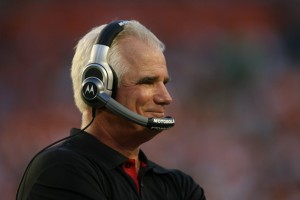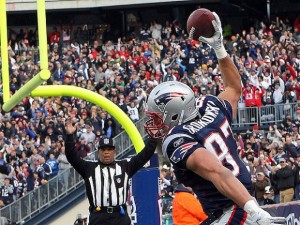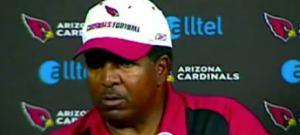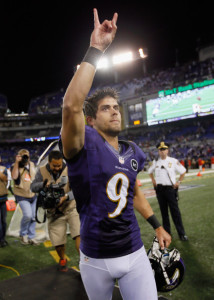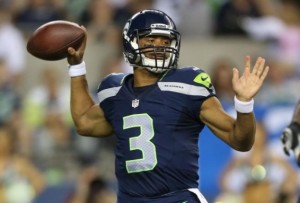Yesterday, I looked at the way each team’s roster was concentrated in terms of salary cap dollars. A few teams, like the Giants, Lions, and Vikings, were notable for allocating a significant portion of their 2019 salary cap dollars to their top players. Meanwhile, the Jets, Bills, and Browns were on the other end of that spectrum.
Of course, the Jets, Bills, and Browns all drafted quarterbacks in the first round of the 2019 Draft, while the Giants, Lions, and Vikings are all paying big dollars to veteran quarterbacks. How would the data look if we excluded the top (by salary cap dollars) quarterback on each team?
I re-ran those numbers today. Once again, we will be using the Concentration Index, described here, to “grade” each team’s roster construction. To summarize, we do the following steps:
1) Calculate the 2019 salary cap hit of the top 51 players on each team’s roster. Thanks to Over The Cap, I was able to collect this information. Eliminate the highest paid QB on each team’s roster.
2) For each player on each team, calculate the percentage of team salary cap dollars spent on that player. For example, Denver’s Von Miller has a 2019 cap hit of $25.1M, and the Broncos top 50 players (excluding QB Joe Flacco) have a cap hit of $142M. Therefore, Miller is taking up 17.7% of Denver’s non-Flacco 2019 cap spend.
3) Square the result for each player (so Miller’s 17.7% becomes 3.1%), and then sum those results for each player on each team to get team grades.
By squaring the results, you give more weight to players taking up a larger percentage of their team’s pie. The graph below shows each team. The X-Axis shows the 2019 Salary Cap dollars each team spent on their 50 highest paid players, excluding their top quarterback. The Y-Axis is the concentration index result. The Broncos are at the top of the chart, thanks in large part due to Miller. Ignoring Flacco, Denver’s top 6 players (Miller, Emmanuel Sanders, Derek Wolfe, Ronald Leary, Chris Harris, Jr., and newly-added Ja’Wuan James) are being paid $75M 2019 cap dollars, while the Broncos bottom 37 players (in their top 51) are being paid just $35.3M. That’s an extreme “studs and duds” approach that becomes even more clear once you remove all top-paid quarterbacks. [continue reading…]


